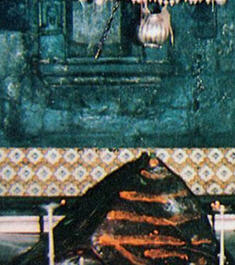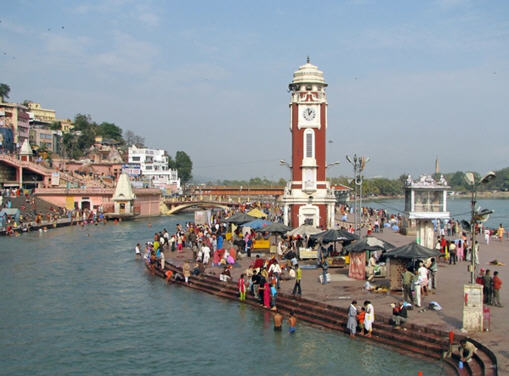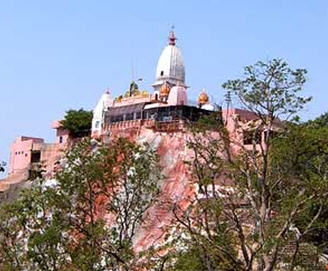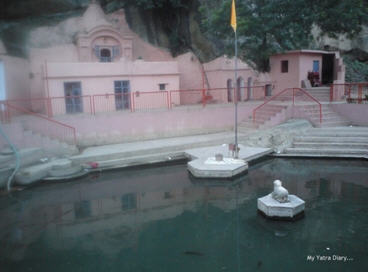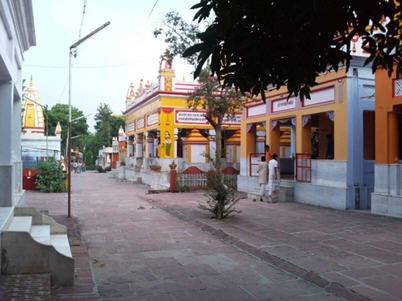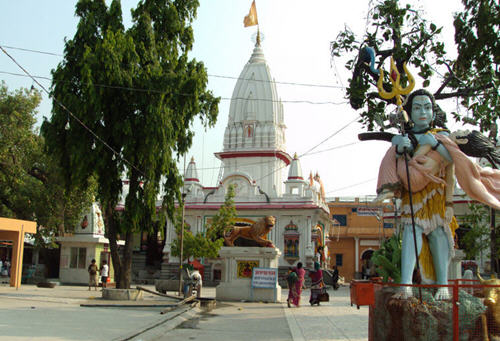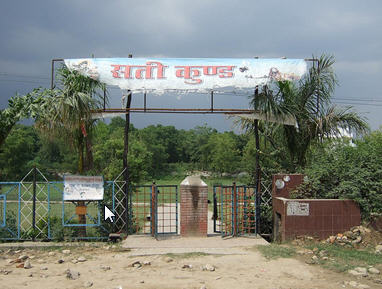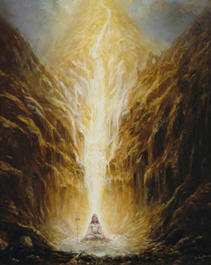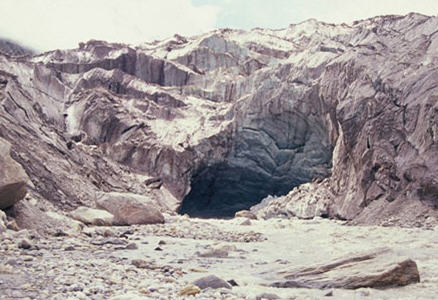Kedarnath is on the bank of the Mandakini River between Gangotri and Badrinath. As the bird flies, Kedarnath is just 42km from Badrinath thru sky but far apart through road and walk. Over 100,000 pilgrims come here each year. It is believed that Sankaracharya passed away here about 820 AD. Kedareshwar Shiva is the presiding deity. Behind the Kedarnath temple is an impressive mountain range, with the beautiful Kedarnath Mountain (6,970m).
Kedarnath Temple
This Lord Shiva temple at Kedarnath is said to have been built by the Pandavas to atone for their sins procured during the Kurukshetra war. It is believed that this temple was originally constructed by the Pandavas, and the present temple was reconstructed by Sankaracharya in the 8th century. One of the 12 Shiva-Jyotirlingas is in this temple. The temple is dedicated to Lord Sada Shiva and is considered to be one of the major Shiva temples in India. The temple is situated at the end of a lane, which is surrounded by small hotels and restaurants. Along the lane is a barely decorated doorway amidst all the other shacks that shows the place where Sankaracharya once stayed while visiting this temple. They will not let you into the room itself but you can look in through the window. Inside are a few items and prints of Sankaracharya
. 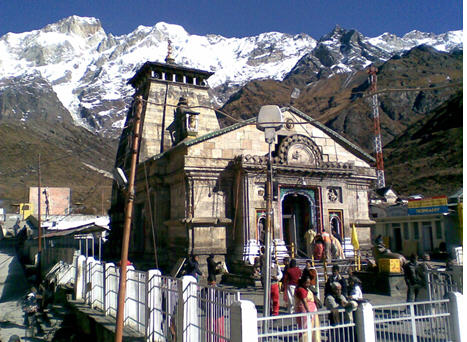
Inside the temple there is an irregular, three-faced linga, representing the hump of Lord Shiva when he took the form of a bull. It is about 3m (9 ft) long, 1m (3 ft) wide, and 1.3m (4 ft) high. Pilgrims are allowed to touch the linga, perform worship, abhishek (bathe), and massage the linga with ghee. There are deities of goddess Parvati and Ganesh in front of the main altar door. Outside the second door are Lord Krishna, the five Pandavas, their wife, Draupadi, and their mother, Kunti. In the temple is a Lakshmi-Narayana Deity, which was installed by Adi Sankaracharya. The temple faces south, which is a unique feature, as most temples face east. This temple is very solidly built.
Time
The temple opens the first week of May and closes either the last week of October- or the first week of November. May/June is the busiest time of the year. Worship is continued in the village of Okhimath in the winter by the priest from the Kedarnath Temple. The waiting time to enter the temple in the afternoon is about 15 minutes, otherwise if you go at 7 am the waiting time may be two hours or more. The main pujas are at 6 am and 6 pm.
Temple Story
After the Battle of Kuruksetra, the Pandavas went to see Lord Shiva in Kasi to atone for killing so many of their kinsmen in battle. When Lord Shiva learned that the Pandavas were coming, he fled and playfully hid from them. The Pandavas discovered Shiva in the Himalayas, in a place called Gupta Kasi (“Hidden Kasi”), where he had disguised himself as a brahmana. Having been found out, Lord Shiva ran away to a valley and disguised himself as a bull, but Bhima recognized him. Bhima stretched his big legs from one end of the valley to the other and caught the bull by its tail. Lord Shiva, still trying to hide, began to bury himself in the ground. But the determination of the Pandavas won him over, and before the bull’s hump had disappeared, he decided to give them his audience.
Lord Shiva instructed the Pandavas to worship the hump of the bull, and this worship is still going on in the temple they established. Other parts of Lord Shiva’s body appeared in other mountains, and the Pandavas also built temples there. They are known as Panch Kedars (five Kedars): (1) Kedarnath—hump, (2) Tuganath—arm, (3) Rudranath—face, (4) Kalpeshwar—hair, and (5) Madhyamaheswar—navel.
